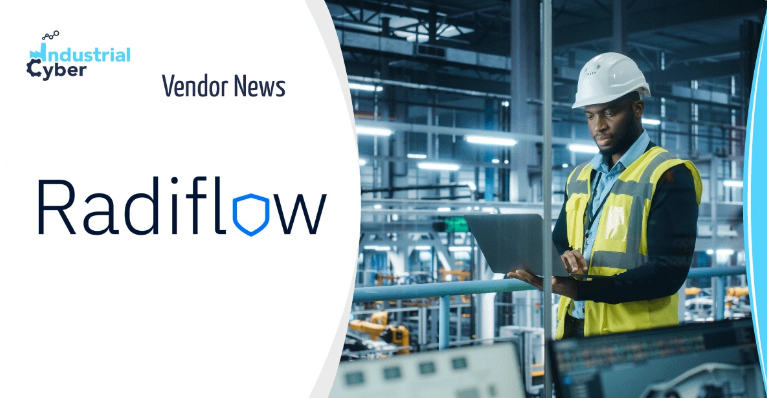Industry 4.0 refers to the fourth industrial revolution. To get an idea of the importance of the technological and industrial changes that have taken place over the last decade, and therefore the critical nature of Industry 4.0 cyber security, it helps to look at the events which led up to these changes, and in particular the scale of those events.
Since the digital revolution of the second half of the twentieth century, technology has gone through many changes and upgrades, also known as the third industrial revolution. However, even throughout the third industrial revolution the overall use of technology remained the same. The end of the twentieth century saw internet usage become mainstream; and the new century heralded a change in the way we interacted with technology.
In 2000, just over a quarter of the population used a cell phone, and the first smartphones only became available in 2008. Within a very short time, mobile devices became not only commonplace but an essential commodity: in 2020 97% of the US population owned a mobile device, and globally there are over six billion smartphone subscriptions. By 2012, IoT – the internet of things – once just concept, has become an everyday reality.
[inject id=’code-47fd23f73a9caecab1e206306adae7f9′]
This incredible pace was the catalyst which brought about the need for a new approach to technology, hence the term Industry 4.0. It encompasses the ways in which technology is implemented in the current era. There are four main innovations which differentiate the technology of Industry 4.0, and each of these creates a knock-on effect for cybersecurity:
The internet of things, mobile devices, bluetooth, wifi, 3G, 4G and now 5G: all of these are about linking, enhancing connectivity, bringing systems together. This development has many benefits, but the convergence of IT and OT has brought about a whole series of OT security challenges.
Big Data has become a buzzword of Industry 4.0, and this opens up so many opportunities in terms of understanding the patterns behind the numbers, enabling businesses to anticipate clients’ needs and provide better services. The problem, as with interconnectivity, is that collecting data in this way opens up OT systems to the possibility of breach from multiple sources. This is because OT cybersecurity needs are different from traditional IT cybersecurity needs.
By connecting larger plants with smaller local facilities, it should be possible for localized facilities to analyze and react to situations without the need for intervention from the main facility. In many cases, the components themselves are linked with AI-enabled technology so that even human intervention can be bypassed. Such a decentralized system allows for smooth running of services and quick reaction to any issues that arise. However, it once again increases the number of network vulnerabilities and with it the danger of industrial cyber attacks. This risk is exacerbated when budgets are low, leaving technology and security un-prioritized.
The essence of Industry 4.0 is to make technology unencumbered and easily accessible to any user. Thus, one of the important elements is the way in which problems are approached and solved: if the system itself is unable to fix a situation, the improved connectivity within the network allows for human intervention, even from a distance. This presents yet another area of OT risk in the form of yet further possible breach points.
Many of the Industry 4.0 security issues arose because of the extremely rapid development of technology: networks are being connected with OT systems and then interconnected with yet other networks, and all this is happening without enough time to fully update the technology in order to fully secure the system!
There are several steps you can take to mitigate the problems of OT cybersecurity in the age of Industry 4.0:
Radiflow offers a four-step solution, SEE, KNOW, ACT & MONITOR, to address the challenges of OT cybersecurity. A virtual digital map of your complete network highlights any weak points for you to SEE, as well as creating a base-line, so that any changes are easily visible. Radiflow’s CIARA industrial risk assessment and monitoring system enables you to KNOW what the problems are, and offers the opportunity to ACT to close any gaps and prevent breaches.
If you have been concerned by the pace at which Industry 4.0 has transformed your OT system, contact our team today for more information on how our risk assessment solutions can help you to bring your cybersecurity up to speed.

New Radiflow360 platform to offer visibility, control across OT cybersecurity lifecycle

Xona and Radiflow Announce Strategic Technology Partnership to Advance OT Cybersecurity for Critical Infrastructure Operators and MSSPs

Bridgestone Incident Highlights Growing Cyber Risks to Manufacturing